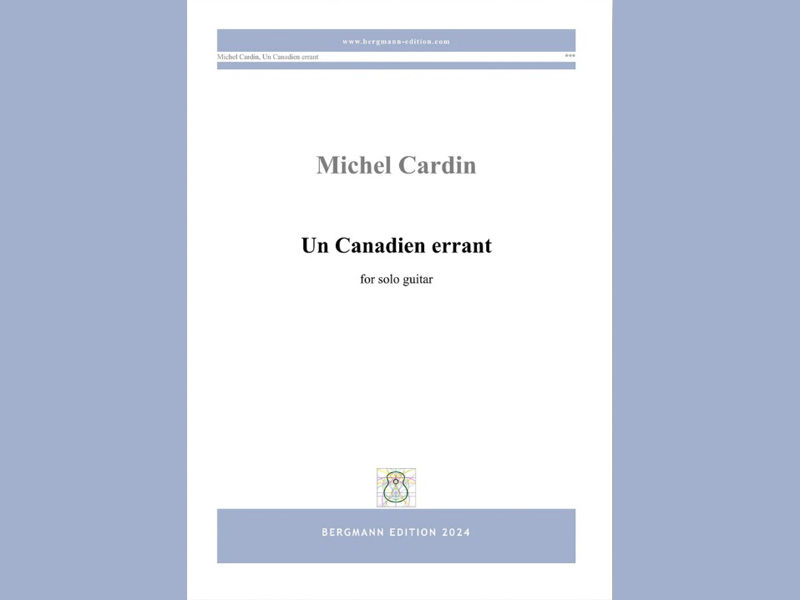Juan Calderon : Schwartzfahren – Sonata : DOz
- chrisdumigan
- Oct 29, 2022
- 3 min read

Juan Calderon
Les Productions D’Oz : 16 pages
This is a three – movement Sonata by this American guitarist/composer, and it is immediately noticeable that the writing is very individual, many accidentals throughout and numerous changes in time signature as it progresses.
The opening movement Llorente’s Flower Valse is an Allegro that begins with some intervals of a major seventh separated by minor thirds and the opening bar of 12/8 rises from an open 6th to an A# on the top string leaping in semi – quavers in those previously mentioned major sevenths. The lack of a key signature here might explain the very chromatic and unusual harmonies that this piece proceeds with. The 12/8 soon moves to 3 / 4, followed by 9/8, 3/8, 6/8, 4/4, 7/16, 5/16, 9/16 and 4/8 just on the first page of 18 bars which gives you an idea of the freedom of the rhythms in this movement. The difficulty factor is extremely complex and so any players would need to have a faultless technique to get very far with this .This quite extensive movement changes to a Moderato in the middle section where the chromaticism gets less for some of the time after which the tempo starts to pick up again and with it the constant changes in time signature and the almost relentless rushing around the fingerboard that makes the piece very tricky to negotiate. A sudden calming down leads to the coda and a final bar that closes on an Open 5th of C.
St Nick’s Nocturne, is an Andante, non troppo lento that beings with an extensive section of harmonics over long bass notes and changes in the time signatures again. After this a section in two voices where the first two crotchets are in a wide interval and the third in the bar is a second, or minor second and all six notes are on different strings creating an l.v. section, continues for a considerable time, changing constantly as it goes along. Then a rising set of quavers ends up reaching the top of the fingerboard where the harmonic section returns .Then the coda intervenes with another repeat of the previous rising quaver idea, this time closing on a low three note crunch and a final run of harmonics.
The finale Balsa de Hamilton is again a quirky, mostly two voiced idea, once more with multiple time signatures and a relentless agitation in its forward thrust. The Major seventh set of upward pars of notes returns along with a number of reminiscences from previous parts. The end is surprisingly quiet after all this flying around, and the last chord is a four note pianissimo.
This piece is very difficult to get your fingers around and it is , as I said before, highly individual, for there is nothing in it that you will have seen before which does make it difficult to get involved with .There are unfortunately a couple of places where it seems that the publisher left notes for the writer to check for mistakes, and they have made it onto the final copy, but I am sure that they can be removed without any effort. This piece won’t suit some players as it is modern throughout and unrelenting in its unusual harmonic structure, but then again, many players love that in a piece, so if you do, this piece might really excite you.
Chris Dumigan




Comments